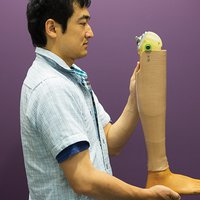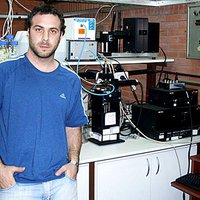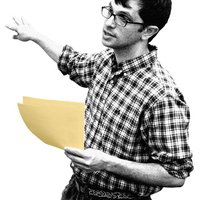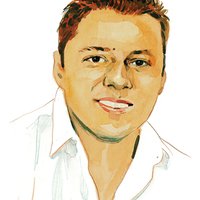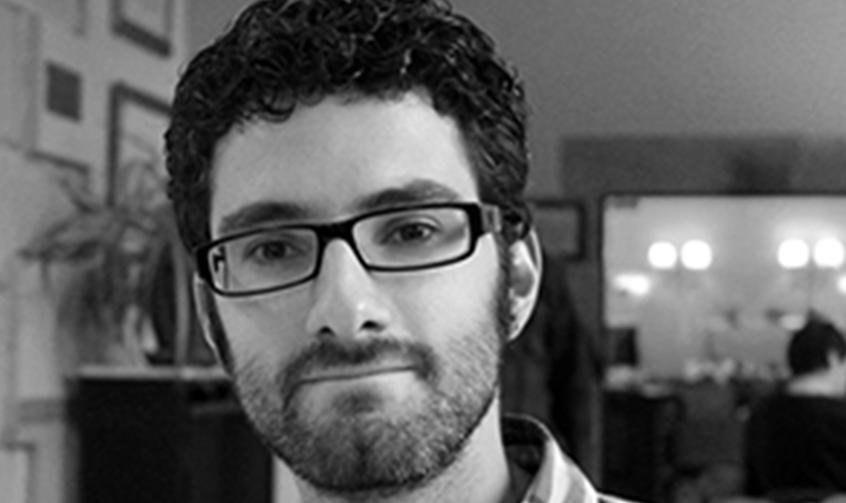"The traditional drug market in medicine is changing. Big pharmaceutical companies as well as ‘bioentrepreneurs’ are looking for new ways to develop safer and more efficient prescriptions. Following these trends, regenerative medicine has grown as an emerging industry, seeing its private investments multiply by five, and its employment and business units triple between 1997 and 2007, according to a comparative study published in December 2010 in the Journal of the Royal Society Interface.
The interest of investors and prominent pharmaceuticals has prompted the rapid growth and evolution of this industry so that it may compete in an extremely competitive, sustainable and multibillion-dollar market. But yet, companies are limited in their preparedness to satisfy the increasing demand for stem cells. In order to solve this, the young chemical engineer David Horna wants to “change the way in which cells are grown to facilitate their production and put end to the limitations in cellular therapy advances.
To do so, Horna is developing a technology that addresses the difficulties with mass-producing cells and increases its safety and repeatability. It uses a bioreactor of cultured cells to automatically yield genetically modified cells. The system presents a reiterative method of cell harvesting that allows for its complete automation and eliminates the need for human intervention in washing or removing the non-adherent cells without using compounds such as trypsin, which increases the toxicity. All of this can be done thanks to intelligent surfaces that allow the bonding and debonding of cells based on changes in the environment.
Horna spent the last two years of his doctoral thesis developing these genetic modification surfaces working with two international reference centers in Spain: the Chemical Institute of Sarria (IQS) and the National Center for Cardiovascular Research (CNIC). The results of his study were published in the scientific journal Advanced Healthcare Materials. This technology has a Spanish patent, and is pending it’s European patent.
The next step is to create a prototype of these surfaces, which the TR35 winner estimates will be ready in eight months. Currently, he is negotiating with various entities and angel investors in order to raise venture capital for Aglaris Cell, the company he co-founded to move his project from the laboratory to the market. In addition, Horna is finalizing agreements with engineering firms to secure the fabrication of his device, as well as with “the leading companies in the cellular therapy field” to test it."
